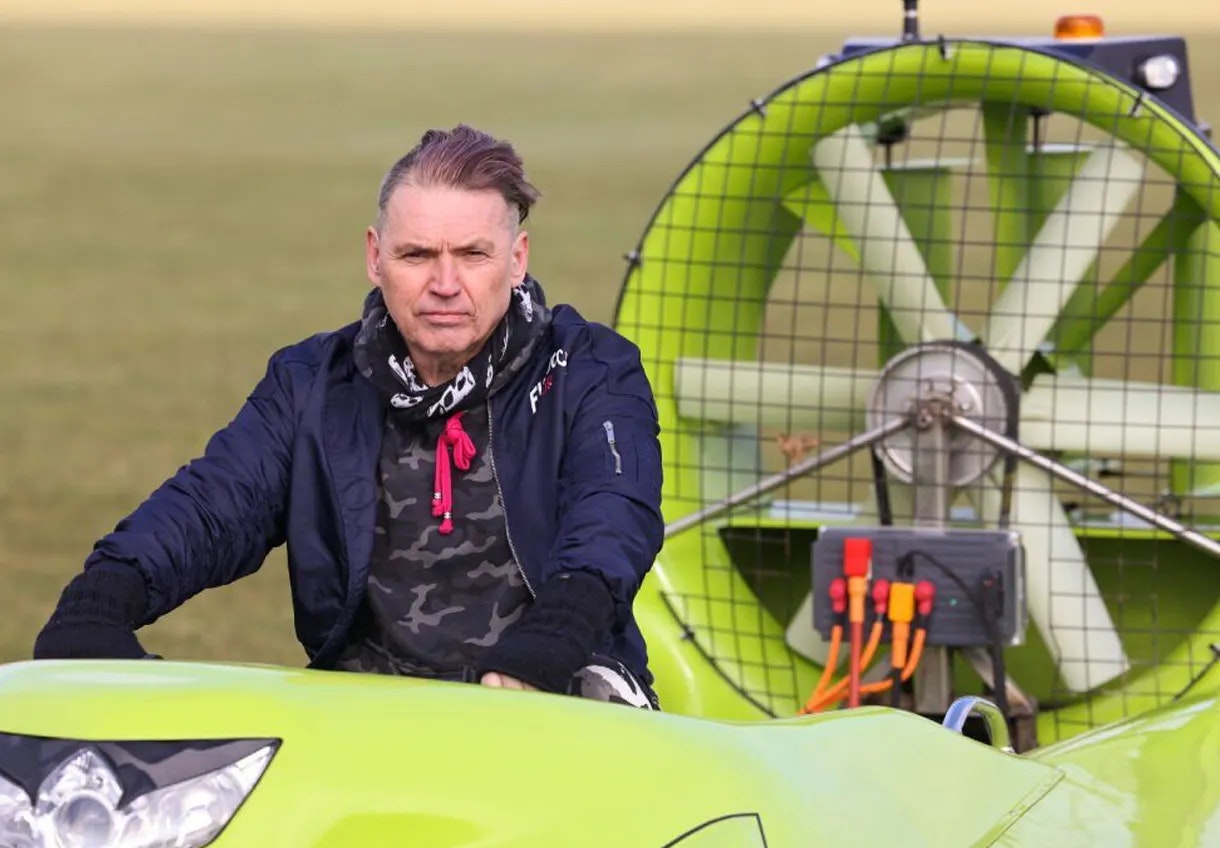
Innovation
Green energy isn’t just viable—it’s better in every way.
The world is in a climate and cost of living emergency—and we don’t have time to wait for the perfect solution. The good news? We don’t need one. The answers are already here—we just have to use them. We work on new ways to generate, store, and use energy without wrecking the planet. From record-breaking electric vehicles to small-scale wind power, battery storage, and smart grids, we’re proving that green energy isn’t just viable—it’s better in every way. Here’s what we’ve built so far…
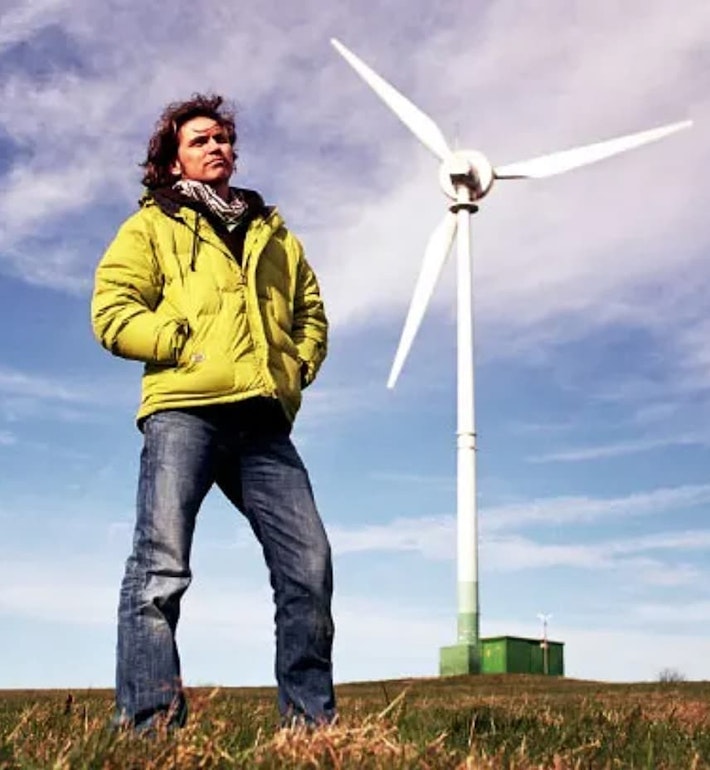
Ecotricity: The World's first green energy company
Back in 1995, I created the world’s first green energy company - Ecotricity.
It started with a single windmill on a hill above Stroud, powering just a few customers. Nearly 30 years later, we’re still leading the charge, building new ways to push the green energy transition forward.
Unlike the rest, we reinvest profits into new green energy. We even declared a climate emergency—because for us, this isn’t business. It’s a mission.
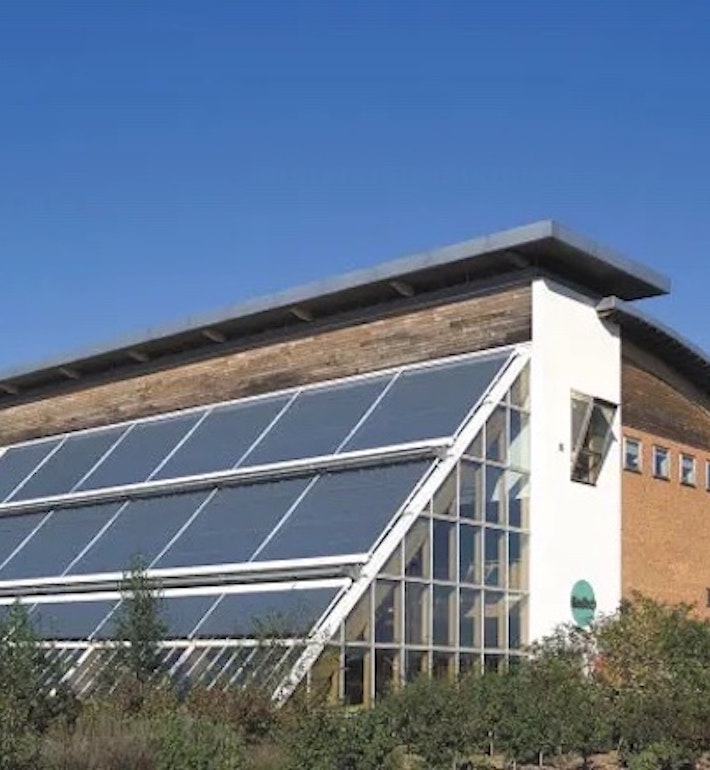
Britain’s First Multi-Megawatt Windmill: A Giant Leap for Green Energy
Back in 1999, we built the UK’s first multi-megawatt windmill—right in the back garden of the Green Britain Centre
At 70 metres tall, it was twice the size of conventional windmills at the time and generated three times the power.
To make it even more special, we got Sir Norman Foster to design a viewing platform—so people could climb inside and see it in action. It wasn’t just a windmill; it was a statement—green energy was here, and it was big.
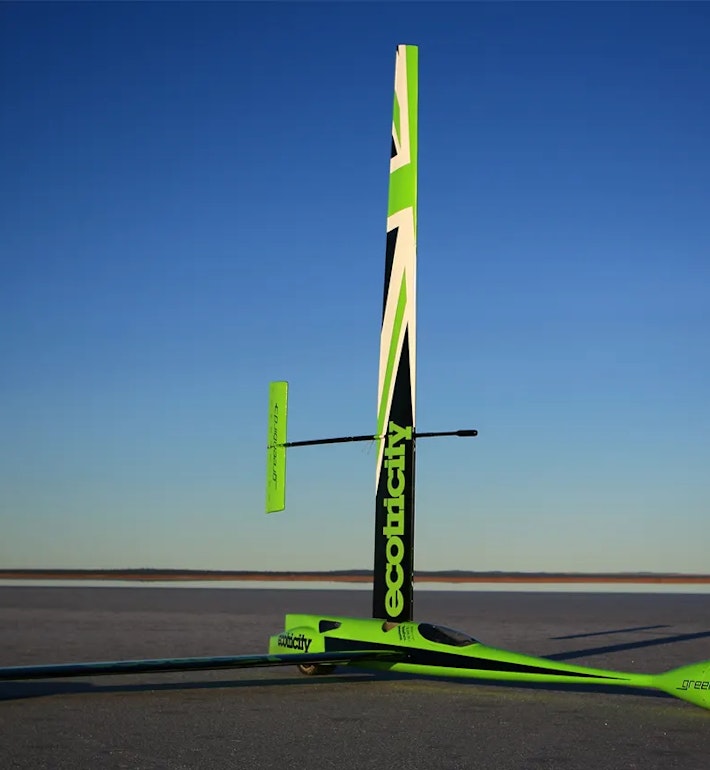
Greenbird: Smashing the Land Speed Record
The petroleum age is on its way out. But the wind? That’ll never run out—and we wanted to prove it.
In 2009, we built Greenbird—a land yacht designed to push wind power to its limits. On the dry lake bed of Ivanpah, Nevada, it smashed the world land-speed record for wind-powered vehicles—hitting 126.1mph and beating the previous record of 116mph.
It was a nod to Donald Campbell’s Bluebird—but unlike its fossil-fuelled predecessor, Greenbird burned nothing, wasted nothing, and left nothing behind.
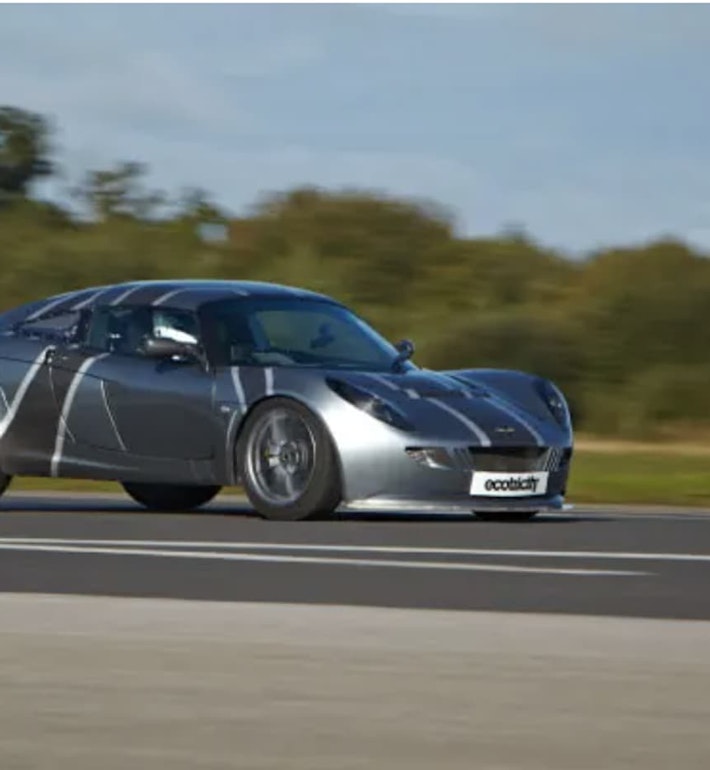
The Nemesis: Rewriting the Rules on EVs
Before Tesla was a household name, we built Britain’s first electric supercar.
The Nemesis wasn’t just another eco-friendly EV—it was built to change perceptions. It could hit 148mph, accelerating faster than a V12 Ferrari. In later tests, we pushed it beyond 150mph, setting a British land speed record for electric cars.
And because it ran on 100% green electricity from Ecotricity, it proved that you could go fast—without fossil fuels.
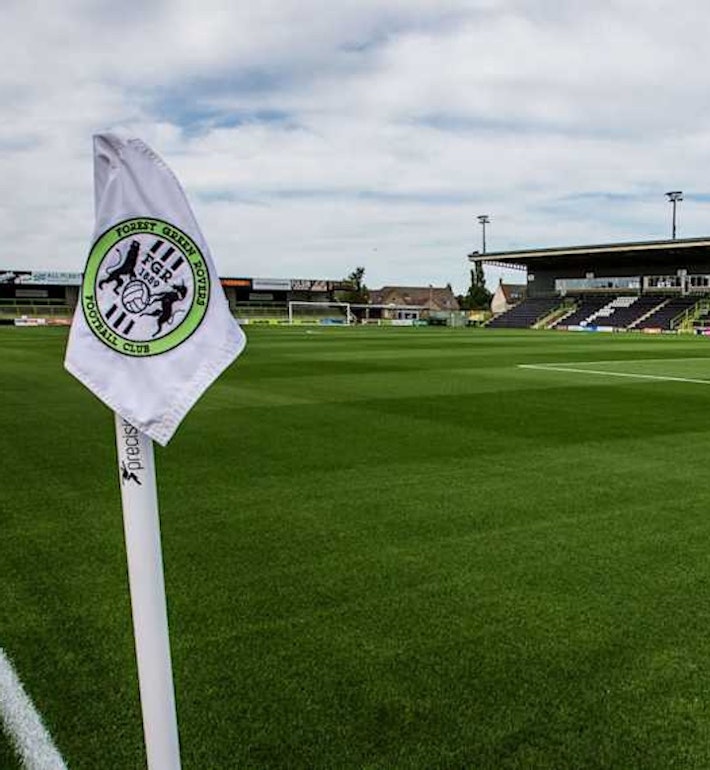
World's first vegan football club
In 2010, we took over Forest Green Rovers, a small football club on the brink—both financially and in terms of its impact on the planet.
Football is massive, but its carbon footprint is shocking. So, we set out to build something different: the world’s first vegan, carbon-neutral football club. We ditched red meat, then all meat, then dairy.
We powered the stadium with green energy, built an organic pitch, and banned single-use plastics. Now, we’re proving football can be part of the solution—not the problem and we have been recognised by FIFA as the "world's greenest football club".
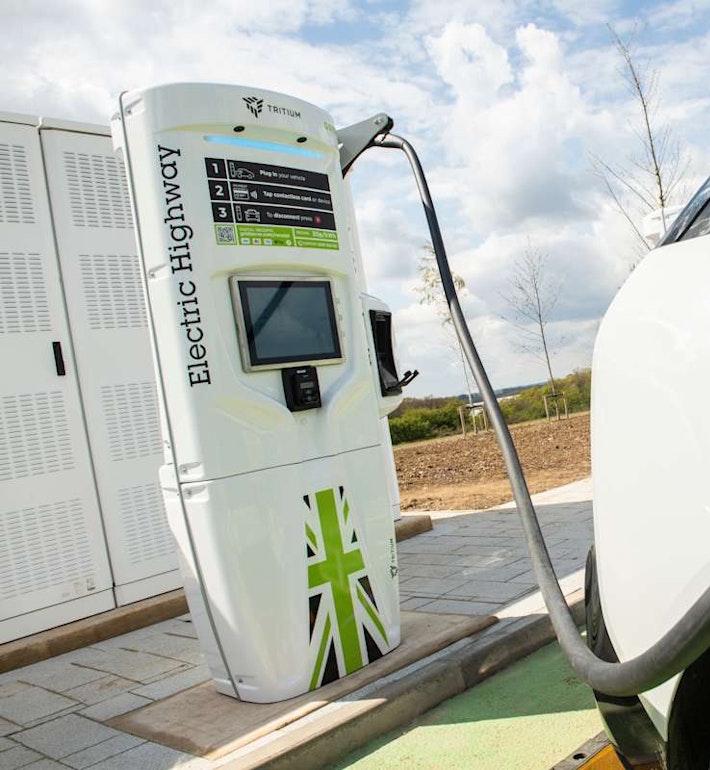
The Electric Highway: Motorway Charging That Changed Everything
Back in 2011, we built the Electric Highway—the UK’s first motorway charging network for electric cars.
It started with chargers at Welcome Break service stations, linking London to Exeter, Birmingham, Manchester, and beyond. The aim? Make EV travel possible before the industry was ready—and we did. By 2014, we covered 90% of UK motorways.
We kept innovating, adding fast chargers, better tech, and even WiFi at some sites. The Electric Highway helped kick-start Britain’s EV revolution—and changed the way people drive.
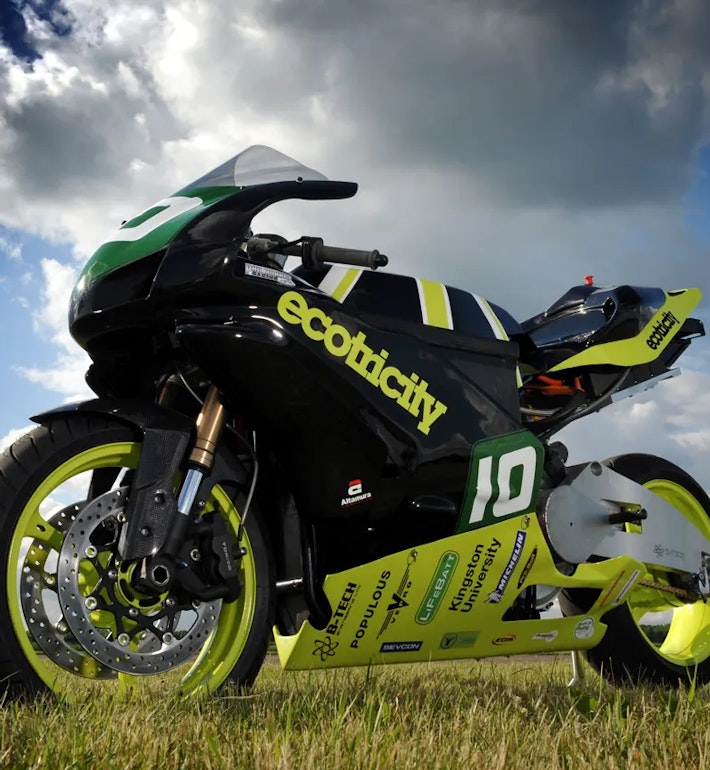
The Ion Horse: Our 150mph Electric Superbike
Back in 2011, we teamed up with Kingston University to build an electric superbike—one that could compete against the best in the world at the Isle of Man TT Zero.
Developed from the ground up with motorcycle design company Vepro, the Ion Horse hit over 100mph average lap speeds—beating the likes of Imperial College, MIT, and BMW to take third place.
Now, we’re rebuilding the Ion Horse for the road—because electric doesn’t have to mean boring.
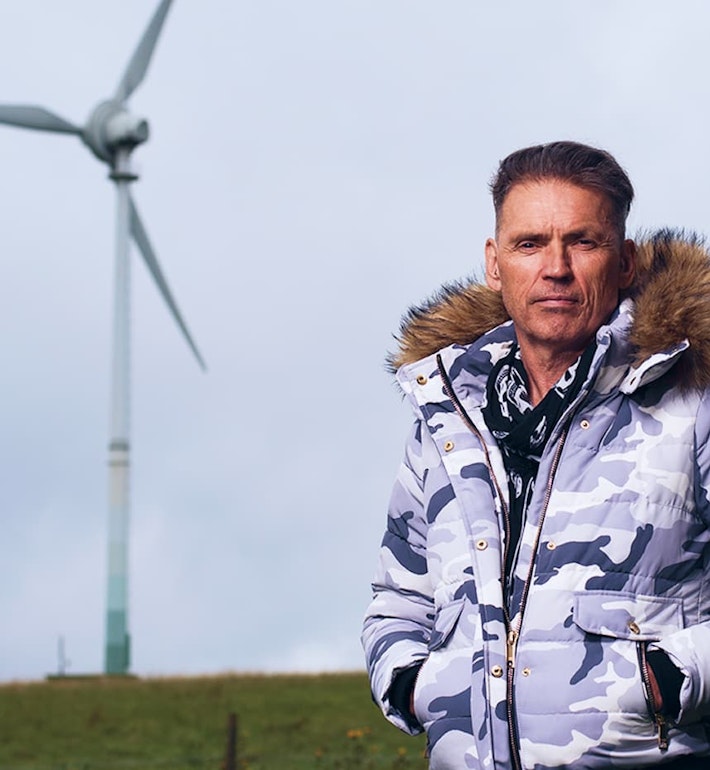
The R9000: Small-Scale Wind Power That Works
Big wind turbines work well in the countryside. But what about homes, businesses, and farms that don’t have the space?
That’s where the R9000 comes in. It’s Britain’s best-selling small windmill, designed for maximum efficiency and minimum maintenance. Millions of operating hours worldwide have proven its reliability—and we manufacture it right here in Britain, through Ecotricity's sister company Britwind.
We believe machines like this will be essential for a truly energy-independent Britain—putting power directly into the hands of those who need it.
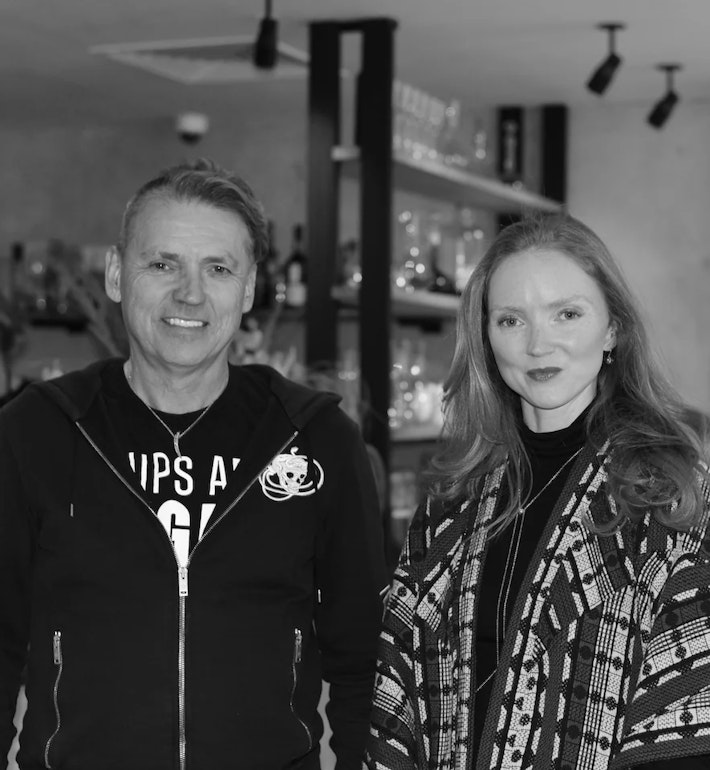
Skydiamond: The World’s First Carbon-Negative Diamonds
In 2020, we launched Skydiamond—the world’s first diamonds made entirely from the sky.
No mining, no destruction—just real diamonds created using carbon from the atmosphere, powered by 100% renewable energy. We take CO₂, water, and sun, and turn them into something beautiful—while helping to clean the air.
Traditional diamond mining wrecks the planet, so we built a better way. Guilt-free, conflict-free, planet-positive diamonds. Proof that we don’t have to take from the Earth to have nice things.
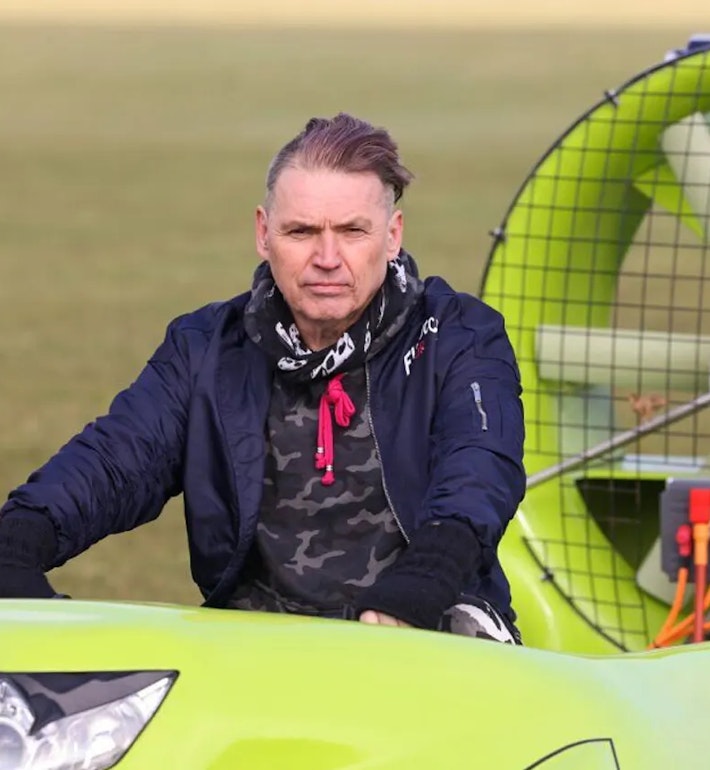
The World’s First Electric Hovercraft
In 2023, we built something nobody else had—the world’s first electric hovercraft.
It’s a zero-emission version of the classic hovercraft design, meaning it could be used for search and rescue missions without spewing pollution into the air and water. But we had another idea—seagrass rewilding.
Seagrass meadows are a crucial carbon sink, absorbing twice as much carbon per hectare as forests. But to restore them, we need craft that can glide across mudflats without damaging delicate ecosystems. That’s where our hovercraft comes in.
We’re now working with the Captain Paul Watson Foundation UK, looking at how this could be used for marine protection projects.
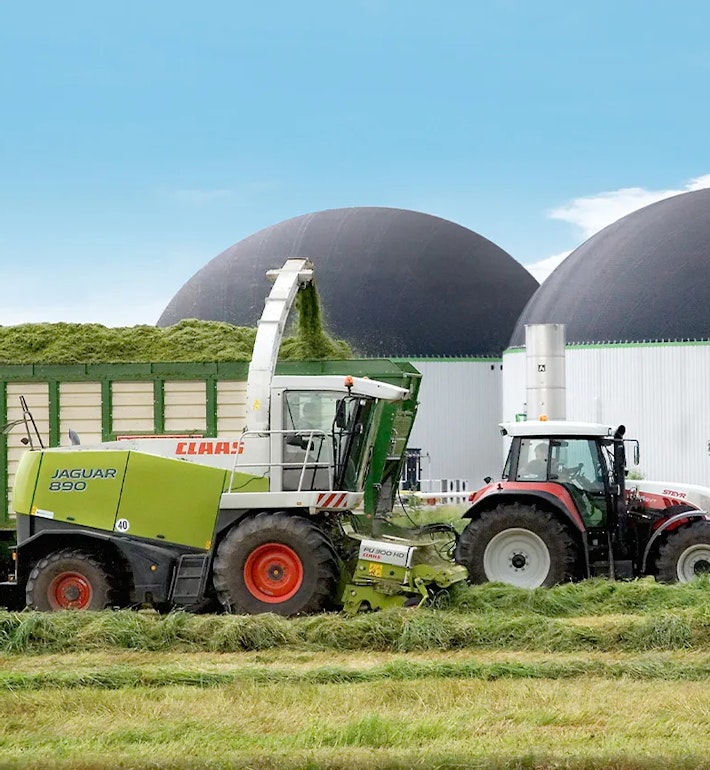
Our First Green Gasmill: Turning Grass into Gas
We don’t need to get rid of gas entirely—we just need to change where we get it from. Instead of relying on polluting fossil gas, we can grow our own—right here in Britain.
Our first green gasmill connected to the grid in late 2023, making us the first energy company in the UK to produce gas from grass at scale. This isn’t experimental—it’s based on proven best practice from anaerobic digesters across Europe—but built to a higher standard than anything else out there.
Now, we’re working on our second gasmill, which will be twice the size of the first.